Farro is so healthy! Emmer has these 5 health benefits
Farro (Italian for Emmer) is an ancient grain that has been around for thousands of years. But the old grain is just making a comeback. It not only tastes great, but is also good for your health, packed with fiber, proteins, vitamins, minerals and antioxidants. Farro is also a great alternative to refined grains and can be used in a variety of recipes. Here you will find everything you need to know about Farro, including what is the difference with spelled and how to eat it.
What is Farro?

Farro is an old grain of wheat that originally comes from Mesopotamia. Contrary to popular belief, Farro does not refer to a type of grain. Italians understand Farro to be a group of three different grains:
Einkorn: Farro piccolo, scientifically known as Triticum monococcum
Emmer: Farro medio, scientifically known as Triticum dicoccum
Spelt: Farro grande, scientifically known as Triticum spelta

There is a lot of confusion about which grain is Farro, especially because the above names are used synonymously in different regions and countries. The variety that is most common in the U.S. and Europe is Emmer wheat. In Germany it is also called “quick-cooking spelled”. It is sold dry and prepared by boiling in water until it is soft and chewy.
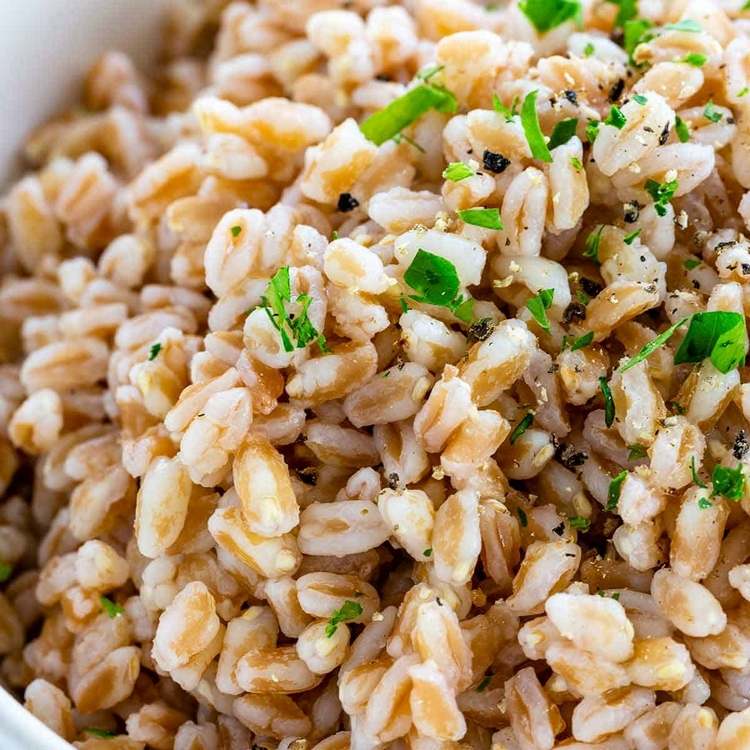
Farro is known for its nutty taste and unique texture. It is a great alternative to other popular cereals like rice, quinoa, buckwheat and barley, by the way. Farro can be used in dishes such as stews, salads and soups, as well as combined with fruit and eaten like porridge.
Here are the 5 most important benefits of Farro for health

1. It is very nutritious
Farro is an extremely nutritious grain and also an excellent source of protein, fiber and nutrients like magnesium, zinc and some B vitamins. It is a much healthier alternative to white rice or other refined grains. 50 grams of Emmer contain:
Calories: 170
Carbohydrates: 34 grams
Fat: 1 gram
Fiber: 5 grams
Protein: 6 grams
Vitamin B3 (niacin): 20% of the recommended daily dose
Magnesium: 15% of the ETG
Zinc: 15% of the ETG
Iron: 4% of the ETG
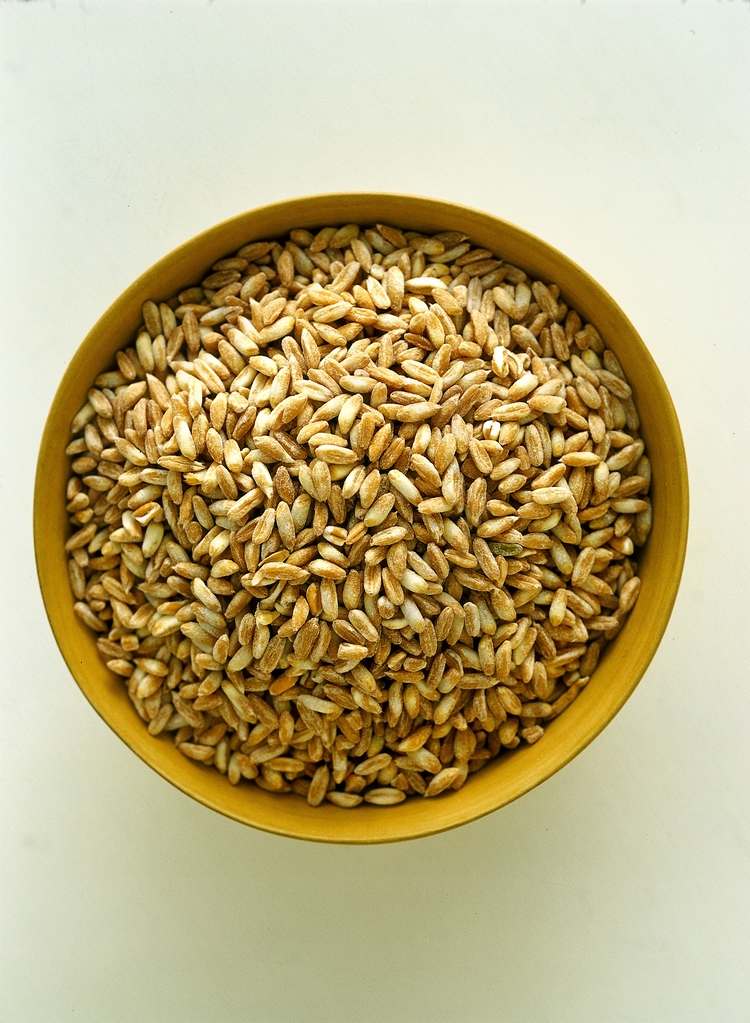
Adding a bit of dual grain to your diet will give you a healthy dose of zinc, magnesium and vitamin B3 (niacin), all of which play an important role in our body. Zinc is essential for a healthy immune system and wound healing as well as for the breakdown of carbohydrates during digestion. Magnesium is needed for strong bones, optimal immunity, healthy nerve and muscle functions and to maintain a regular heartbeat. It also helps regulate blood sugar levels and is associated with improved insulin sensitivity. Vitamin B3 (niacin), along with other B vitamins, supports the breakdown and conversion of food into energy. Together with other functions, it ensures healthy hair, skin and eyes.
2. It contains more fiber than the most popular ancient grain varieties
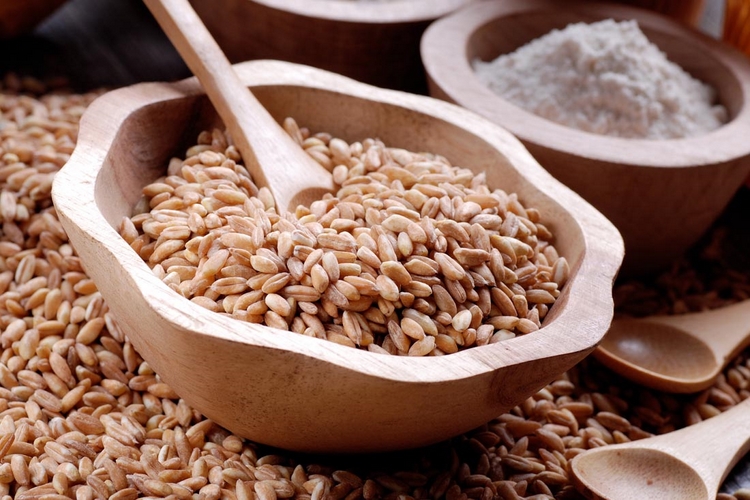
This two grain is an excellent source of fiber. A high fiber diet is associated with a lower risk of heart disease and type 2 diabetes. Dietary fiber has also been shown to help prevent blood sugar spikes and even lower total and LDL cholesterol levels.
Some types of fiber can promote intestinal health by nourishing the friendly bacteria in the intestine. Dietary fiber can also help prevent or relieve constipation by adding more bulk to the stool.
Even a cup of whole grain emmer can deliver a whopping 20% of the daily recommended fiber intake. This is similar to quinoa, but higher than many other popular cereals, such as Brown rice, pasta and couscous.
3. It contains a variety of healthy antioxidants
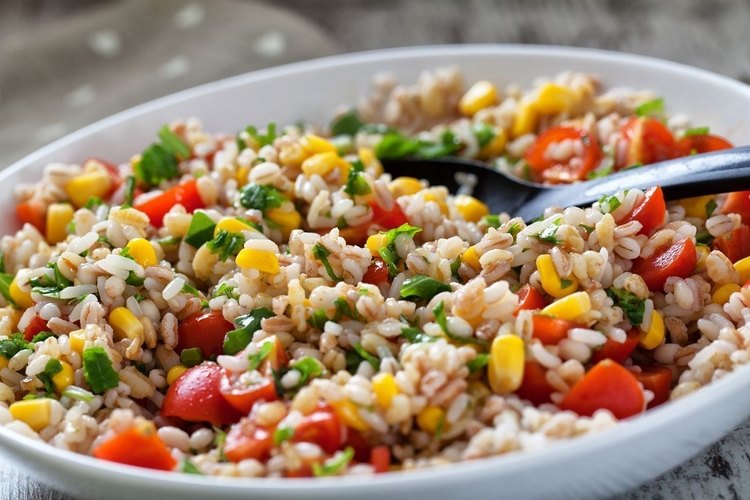
All three Farro-associated cereals (Emmer, Einkorn, and Spelled) contain a variety of antioxidants, vegetable polyphenols, carotenoids, and selenium, which play an important role in protecting against heart disease, diabetes, stroke, and some cancers.
Observational studies strongly suggest that three servings of whole grain cereals a day reduce the risk of diabetes by 32%, heart disease by 22% and strokes by 12%.
4. Farro is a good source of protein compared to many other plant foods
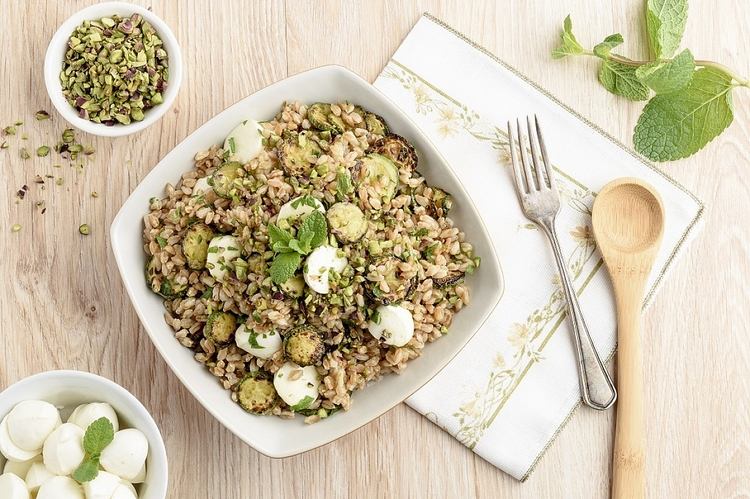
For a grain, two-grain is an excellent source of protein. 50 grams of whole grain emmer contain 6 grams of protein. This is similar to quinoa, but higher than brown rice and whole wheat.
In combination with other plant foods such as legumes, Farro provides a good dose of proteins and essential amino acids. This is good news for vegetarians as well as anyone looking for vegetable protein sources.
Studies have shown that foods high in protein have a positive effect on satiety and weight. This is partly because protein increases satiety hormones and reduces hunger hormones. The supply of a sufficient amount of protein is also essential for building muscle.
And finally: if you consume enough protein, you can also benefit from the positive effect on heart health. This is mainly due to the fact that a high protein diet has been shown to lower blood pressure and LDL cholesterol – two main risk factors for heart disease.
5. Farro helps you lose weight
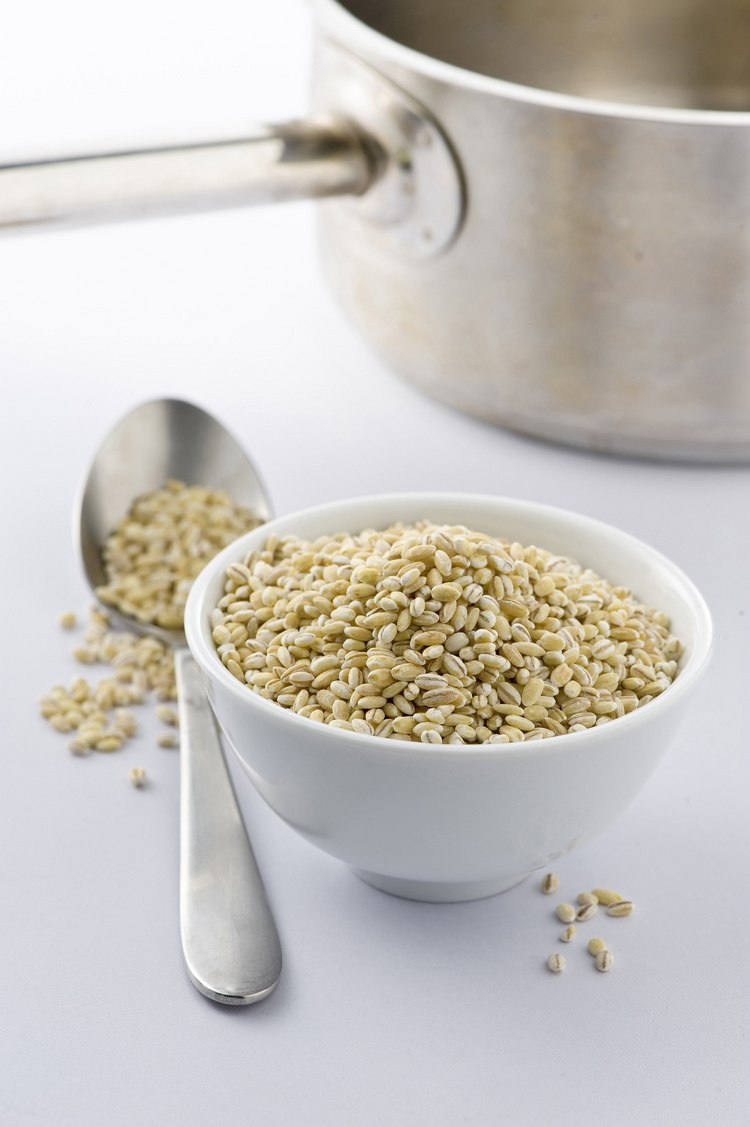
Farro is low in calories but high in protein and fiber. All of these traits are associated with healthy body weight.
First, it is a healthy substitute for refined grains. A 50 gram serving contains only 170 calories. Because of its high protein and fiber content, it can also reduce your appetite and keep you full for longer. In fact, a review of 15 studies found that eating three servings of whole grain cereals daily was associated with lower BMI and less body fat.
Farro also has a low glycemic index, which means that it is digested more slowly, which results in a slower rise in blood sugar and a constant release of energy throughout the day. This can prevent a sharp drop in blood sugar and food cravings in connection with unstable blood sugar.
Who shouldn't eat it?
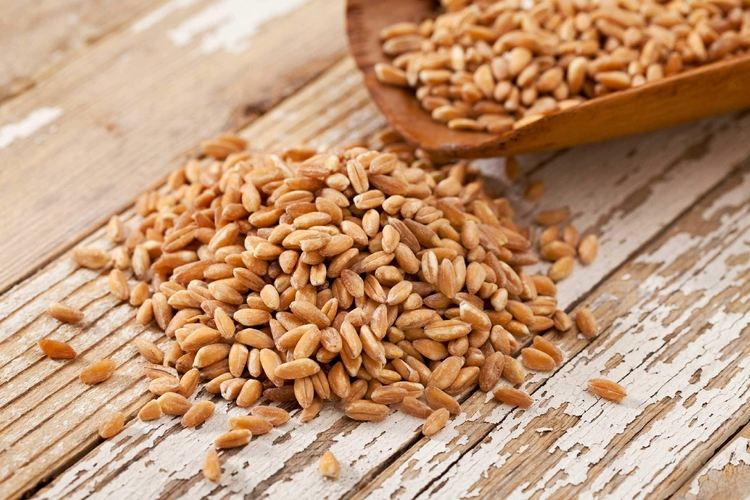
Farro is often thought to contain less gluten than modern wheat, and many people believe that ancient cereals are safer for people with gluten-related illnesses. The theory goes that when soaked and sprouted overnight, Farro is more tolerable and easier to digest for people who are sensitive to gluten.
But all Farro varieties are wheat. That is why they naturally contain gluten. This means that it is not suitable for people with celiac disease. Studies have not looked at the effects of Farro on people with gluten sensitivity, but experts advise against experimentation.
How to choose the best Farro
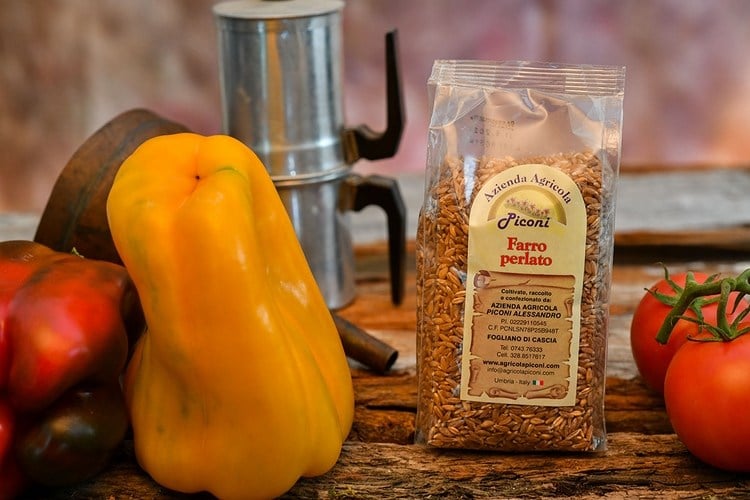
Although it is sometimes difficult to find, more and more large supermarkets are starting to run Farro. You may also find them in health food stores. Generally, it is sold and prepared dry by boiling the kernels in water until they become soft and chewy.
Emmer Farro is available as whole grains, peeled (perlato) and half-peeled (semi-perlato, bran incompletely removed). It is best to choose whole grain emmer as it contains the most fiber and retains all of its nutrients. With semi-perlato, part of the bran is removed, while with the peeled varieties there is no bran at all.
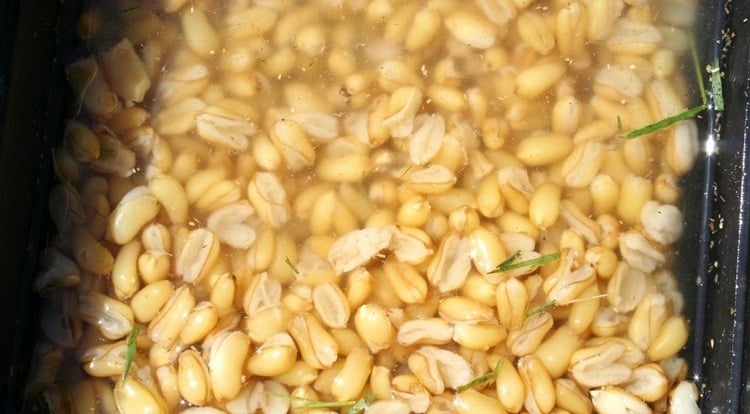
The only advantage of peeled Farro perlato is that it cooks faster and does not have to be soaked overnight, as is the case with the whole grain variant. Ground Perl Farro is the quickest to cook, after about 15-20 minutes. Semiperlato (without soaking) is ready in about 25 minutes, and whole grains take about 30-40 minutes (plus overnight soaking).
Emmer Farro can be used in many ways
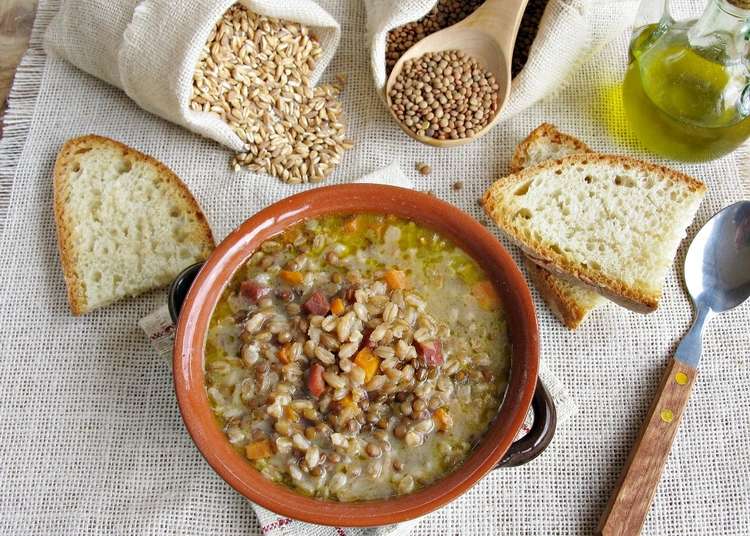
Farro can be eaten just like other popular cereals such as rice, barley, oats or quinoa. The original grain can also be easily added to salads, soups, stews, risotto or casseroles. Some people eat it as a breakfast dish similar to porridge by combining it with yogurt, fresh fruit, and honey.
Here are some popular ways to eat emmer, spelled, and einkorn:
Salads: There are many types of farro salad that you can prepare. The original grain tastes great with tomatoes, olives and mozzarella.
Soups: Emmer gives a pleasant bite in every soup.
Breakfast bowls: With farro and almond milk you can prepare a simple porridge and spice it up with fruit and nuts.
These are just a few of the ways you can eat Farro. There are many more recipes and ideas online that you can try.
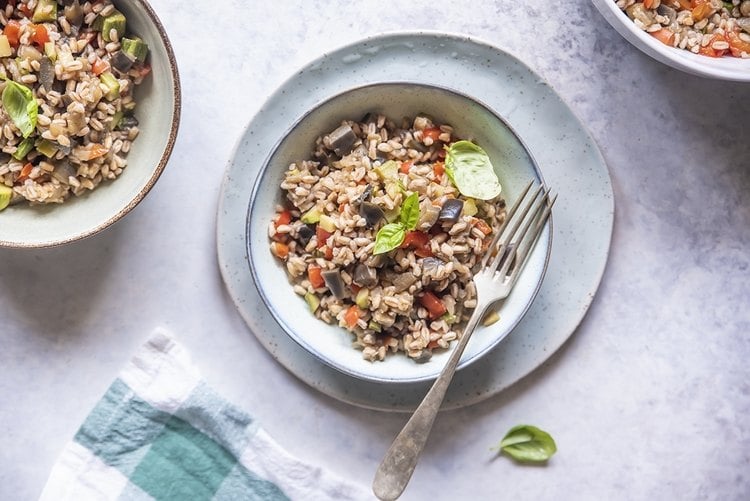
Conclusion
Farro is an ancient grain with a nutty taste and viscous texture. It is incredibly versatile and can be used in a variety of dishes. It is rich in protein, fiber and various nutrients. Farro can offer several health benefits, including protection against heart disease and maintaining a healthy weight. On the whole, Farro is a tasty and nutritious alternative to refined grain.
The post Farro is so healthy! These 5 health benefits Emmer appeared first on Deavita.com | Living ideas, design, hairstyles, make-up, lifestyle, health and beauty tips.





















